Galina Denzel, co-author of Eat Well, Move Well, Live Well, knows a lot about nutritious eating. She creates fresh recipes for each month’s unique theme through their program at eatmovelive365.com! February is National Bake for Family Fun Month, so we have a cracker recipe from Galina to share that is both nutritious and fun to make.
Perfect Crackers
It may sound less than humble, but these have crunch, flavor, and protein and provide a solid base for a spread or mini hipster toasts—who wouldn’t call these perfect?
In the

For 4-8 servings
1/2 cup flax seeds, ground
1/2 cup flax seeds
1
1 cup unbleached almond meal
1/2 cup hemp seed
2 tbsp olive oil
1/2 tbsp sea salt
1 tsp dry oregano
1 tsp dry thyme
Substitute your own choice of herbs for different flavors
Directions
Start by mixing the flax and water and let it sit a while—an hour minimum, but overnight is best. The flax will soak up the water perfectly. Combine the other dry ingredients: hemp, almond, sea salt, and dry spices, and add olive oil. Use your fingers to work the ingredients
together into a thick paste. Combine with the two kinds flax, soaked from before. Once you have your mixture, spread
crumble. Enjoy the lovely crisp end pieces! You can serve these as they are or with dips and spreads on top. I imagine they last long in a cool dry place, but we never let them sit around more than a couple of days.


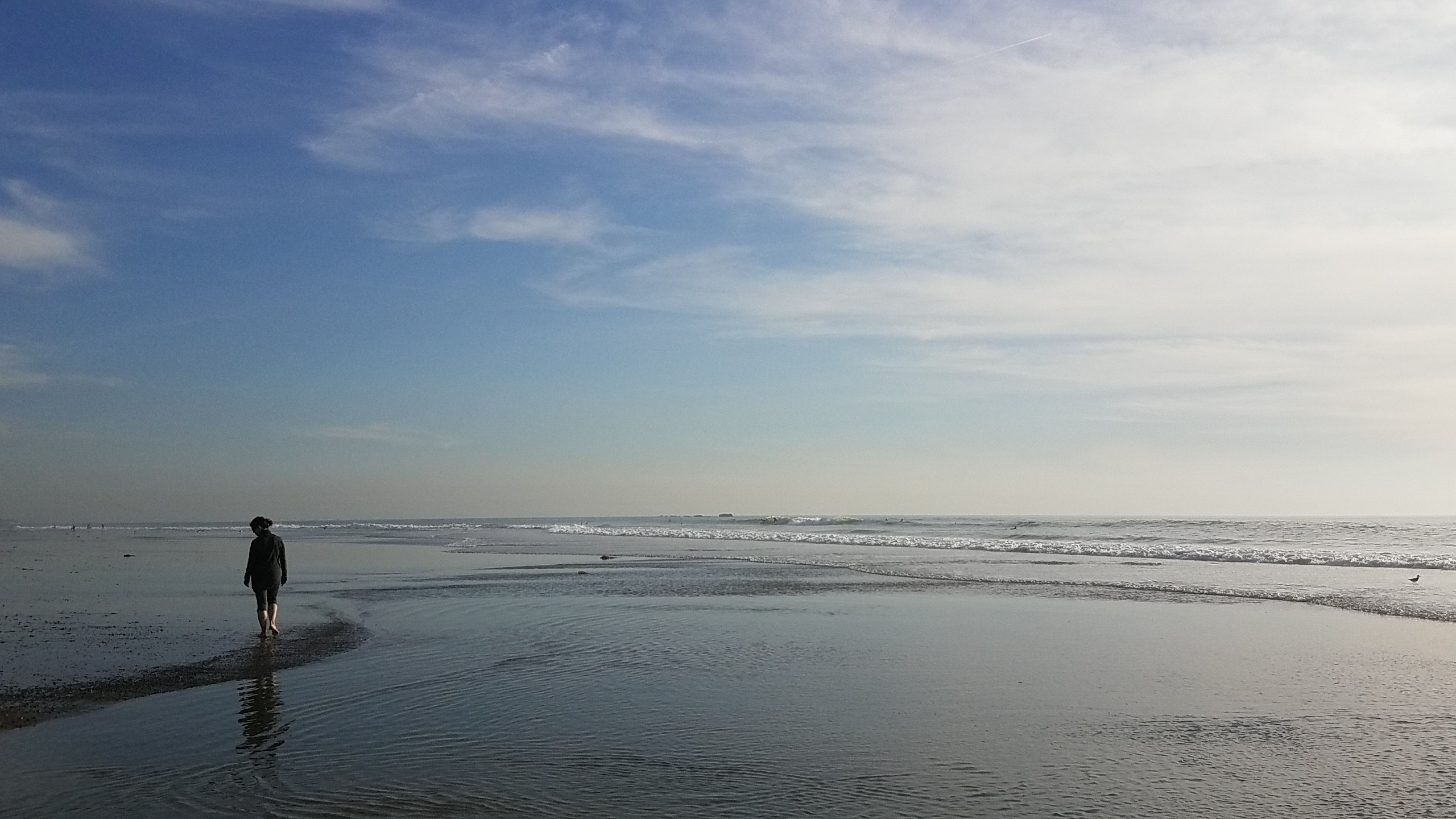 I usually choose one of three anchors for my walks. On some walks, I choose to attend to my breath, as I walk and become aware of certain thoughts, events, sensations, emotions or connections, I keep my awareness on my breath. This way I have a line connecting my attention to my breath and my whole experience organizes around it. A second anchor may be the ground. As I walk, I feel my contact with the ground—right, left, right, left—aware of the textures under my feet. A third anchor may be the colors around me—as my attention drifts I always come back to the colors and notice here is red, here is yellow. You can choose your own way to organize your walking meditations, and make this idea your own.
I usually choose one of three anchors for my walks. On some walks, I choose to attend to my breath, as I walk and become aware of certain thoughts, events, sensations, emotions or connections, I keep my awareness on my breath. This way I have a line connecting my attention to my breath and my whole experience organizes around it. A second anchor may be the ground. As I walk, I feel my contact with the ground—right, left, right, left—aware of the textures under my feet. A third anchor may be the colors around me—as my attention drifts I always come back to the colors and notice here is red, here is yellow. You can choose your own way to organize your walking meditations, and make this idea your own.

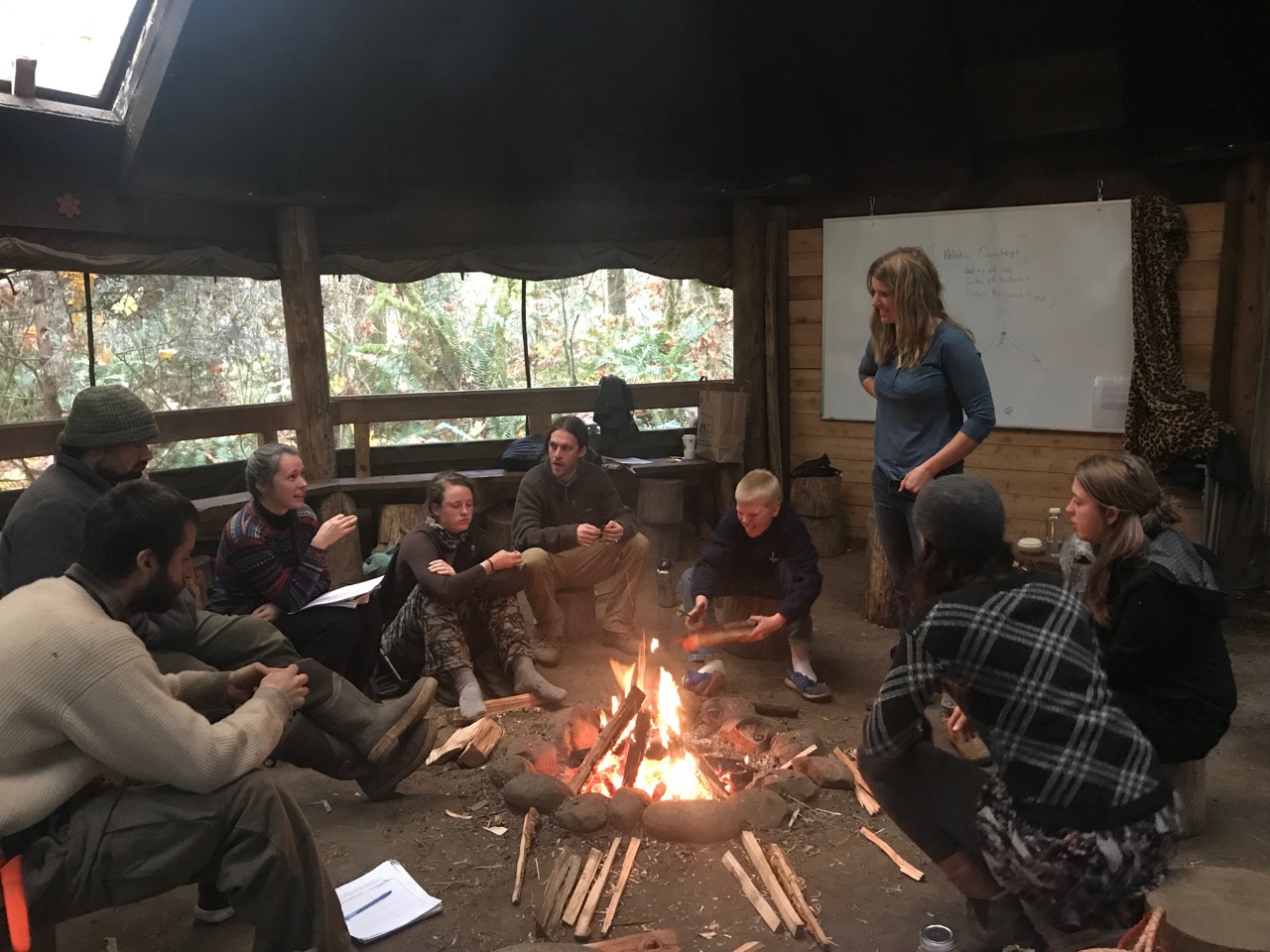


 As for me, I’m excited to apply some of these tips to my December, and I hope you are, too! In my family, we called January 6 Little Christmas, and there was always a special meal, and a small gift for everyone around the table. I loved the way it brought forward the warmth of the season into the new year. From everyone here at Propriometrics Press, may that warmth be your companion long after the last gift is unwrapped and the twinkle lights are packed away.
As for me, I’m excited to apply some of these tips to my December, and I hope you are, too! In my family, we called January 6 Little Christmas, and there was always a special meal, and a small gift for everyone around the table. I loved the way it brought forward the warmth of the season into the new year. From everyone here at Propriometrics Press, may that warmth be your companion long after the last gift is unwrapped and the twinkle lights are packed away.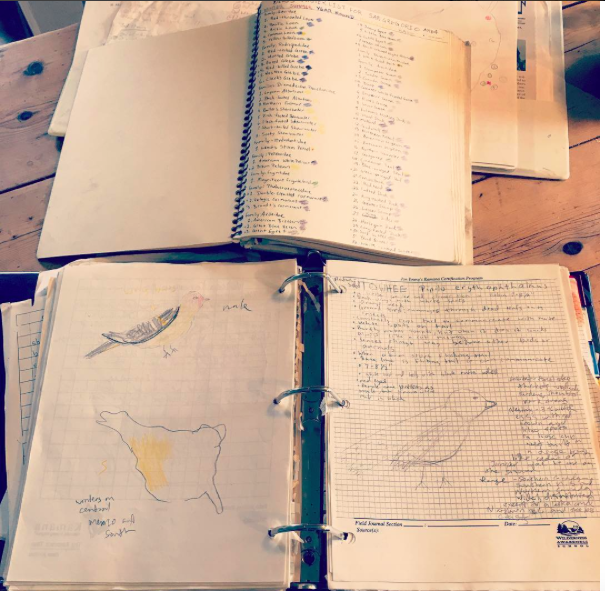
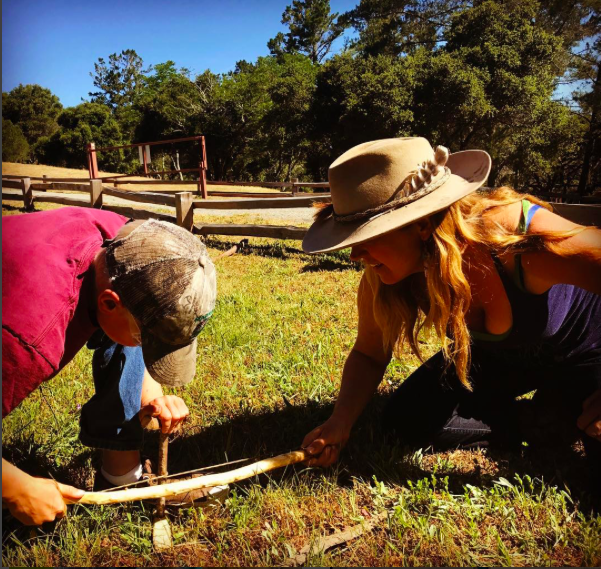 And Doniga has kept her hand in, too. She’s an instructor at
And Doniga has kept her hand in, too. She’s an instructor at 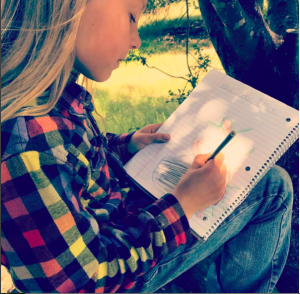 We’re inviting nature school administrators and parents to take part, as well as anyone who’s curious about a nature-based education and whether it’s right for their family. The event is called What Comes After Nature School?, and it’s free and open to all who are interested.
We’re inviting nature school administrators and parents to take part, as well as anyone who’s curious about a nature-based education and whether it’s right for their family. The event is called What Comes After Nature School?, and it’s free and open to all who are interested.
